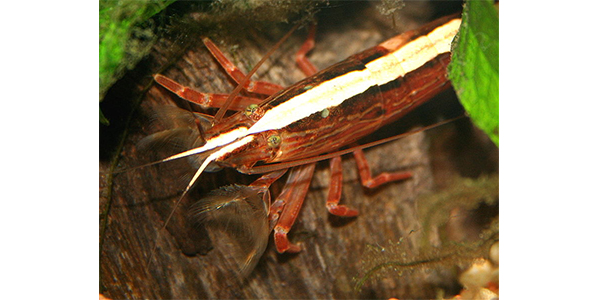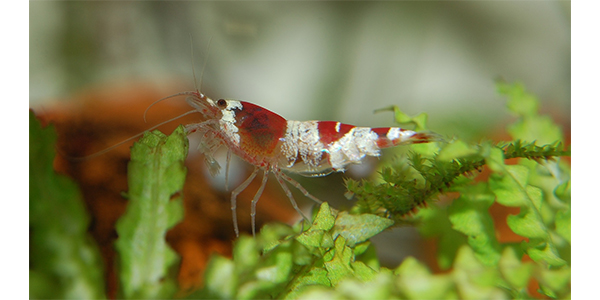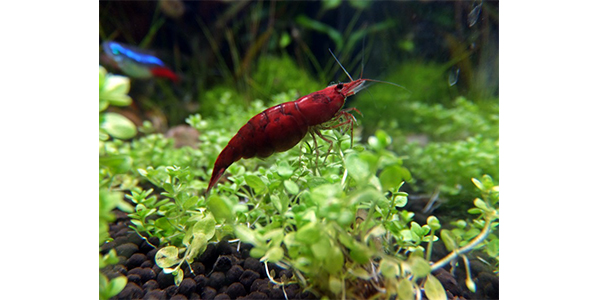Having an aquarium at your house is probably one of the most common sights that you will ever come across. However, every aquarium is different as it brings out the creativity of the owner that revolves around their fishes. Interestingly, some of the best pond filters also come up with great designs and shapes, making it look attractive.
However, moving ahead of the best pond filters in an aquarium, stocking the freshwater tank with brightly coloured fishes gives a feeling of personalisation. Having shrimps and fishes in your aquarium makes it attractive and the centre of attention at your home.
What most of us fail to realise is that keeping shrimps in your aquarium requires you to have a knowledge of the same. What many aquarium hobbyists fail to understand is that each shrimp is unique and needs a different type of living conditions.
Not only do freshwater shrimp are beautiful to keep, but they also play an essential role in scavenging the tank and also improve the quality of the same.
Let’s have a look at 6 best freshwater shrimps that you can keep for your aquarium.
1. Bamboo Shrimp

Also known as Wood Shrimp, the bamboo shrimp is the most common type of shrimp found in freshwater tanks. Their reddish-brown colour gives them a bright look and tends to grow up to 4.5 inches. However, female shrimps can grow up to 4.7 inches.
Bamboo Shrimp is a great option for feeding on filters. Thanks to their water adaptive fans that help them to trap food particles and provide themselves with the same.
They don’t have any such special requirement and can feed on algae.
Bamboo Shrimps need a water temperature of 68-77°F and a pH of 6.5-7.5.
2. Bee Shrimp

Bee Shrimp are the most colourful options for freshwater shrimps, with over a dozen selectively bred colours.
The Black Bee shrimps are small when compared to others and can grow up to 1 inch. Their white with black bars that run across their body make them look like a zebra.
The preferable suitable temperature for the growth of Bee shrimp is warm water of 68-78°F and a pH of 5.8-6.8.
3. Red Cherry Shrimp

The Red Cherry Shrimp is an attractive and exciting choice of shrimp to keep in your freshwater aquarium. Their female and male combinations have a great connection when it comes to their colour schemes. The female shrimps get a deeper red colour, and the males get a paler red colour.
These shrimps are low on maintenance and don’t need much of special treatment, adding it to the list of beginners as well.
These shrimps have a water requirement of pH of 6.5-8.0 where the water should remain at a constant temperature of (65-85°F).
4. Red Rili Shrimp
One of the most attractive freshwater shrimps to keep, they have a very nice Red Cherry colour. Due to their dwarf variety, red cherry shrimps can grow up to around 1 inch in length.
Interestingly, these shrimps have a transparent body type that comes with a red tail.
Thanks to their easy to go nature, the Red Rili Shrimps can be kept in a water temperature, ranging from 65-85°F with water of pH level 6.2-8.0.
5. Blue Velvet Shrimp
An attractive shrimp of striking blue colour, the Blue Velvet Shrimp, is a cross breed. These scavengers are known to eat anything they find across the aquarium.
The male Blue Velvet tends to grow around 1.5 inches while the female grows a slightly large size of 2 inches.
Sadly, they need to be kept as an entirely separate species to keep their breed pure and are suggested to be kept in a planted aquarium that is capable of holding 10 gallons of fresh water.
Talking about its water conditions, the Blue Velvet Shrimp requires temperatures of 72-82°F besides a pH of 6.4-8.0.
6. Blue Tiger Shrimp
The Blue Tiger is more famously known as the Orange Eyed Blue Tiger, as the name suggests, thy have orange eyes and look stunning. Moreover, their dark blue colour with black stripes adds to their overall appearance.
Their ideal living condition requires an aquarium of 10 gallons with a pH of 6.0-7.5 with perfect temperatures of 65-75°F.
Conclusion
An interesting fact about keeping freshwater shrimp is that it has received hype in the current years.
Considering the significance of their importance in a tank and the beautiful species that they come in, they are the best filter-feeding species that help you keep the best pond filters, up and running.
Moreover, they also make a great addition to community tanks and are the ideal choice for both expert and novice hobbyists alike.
